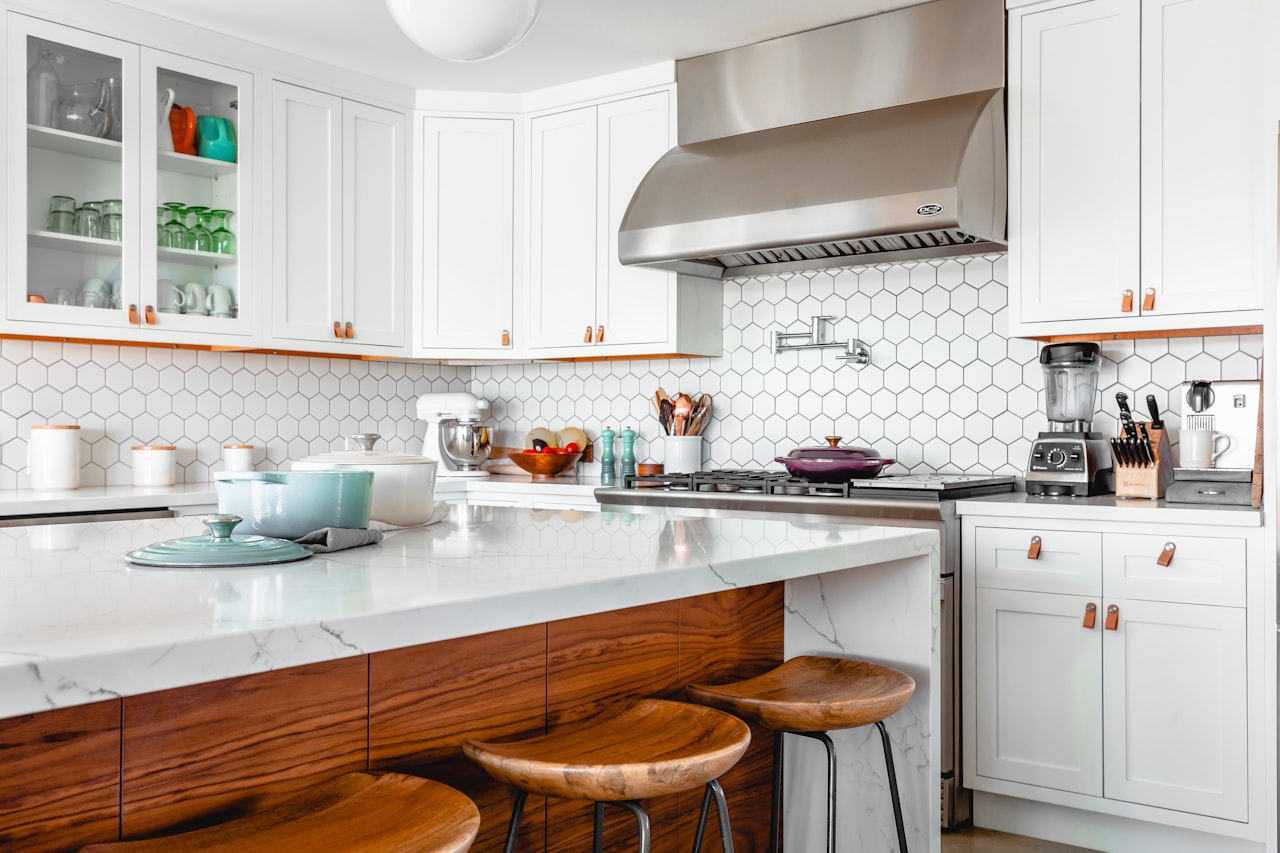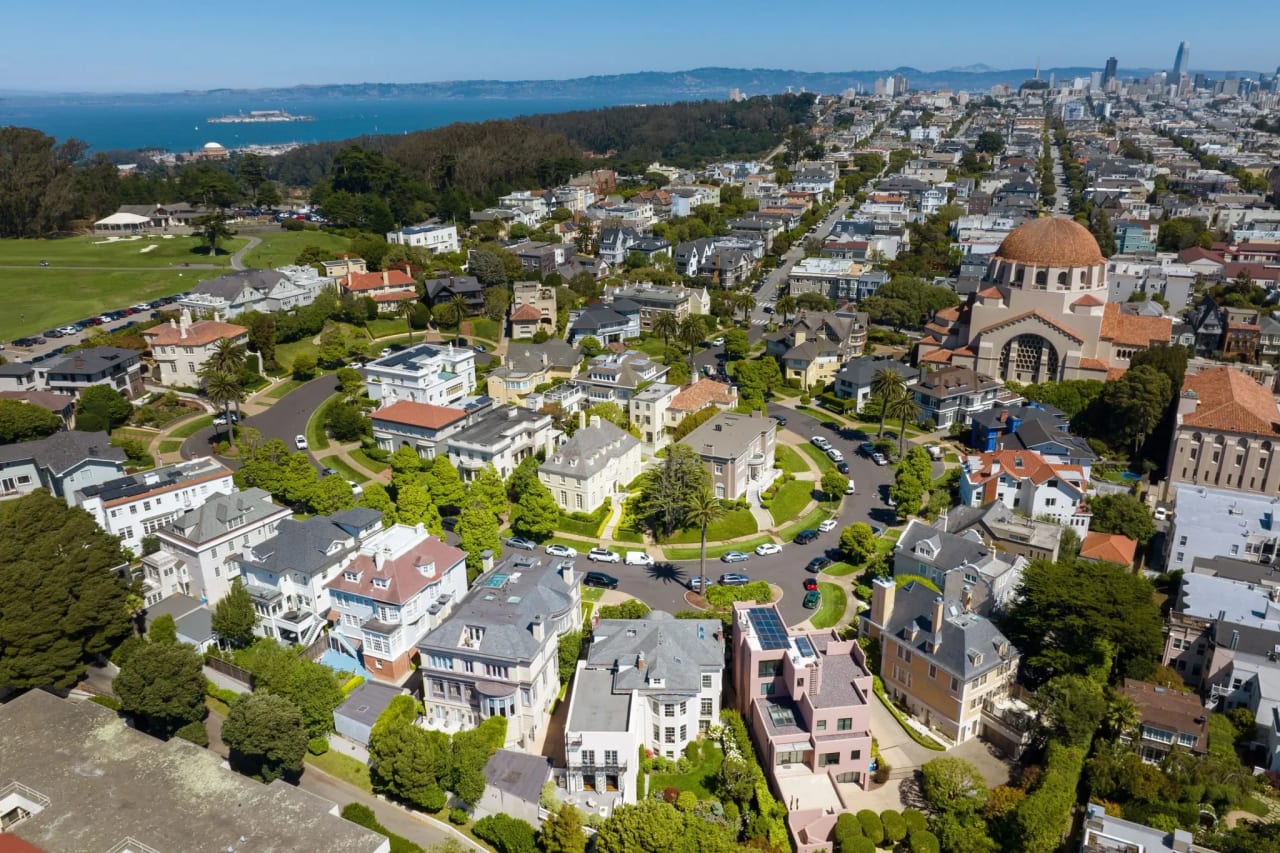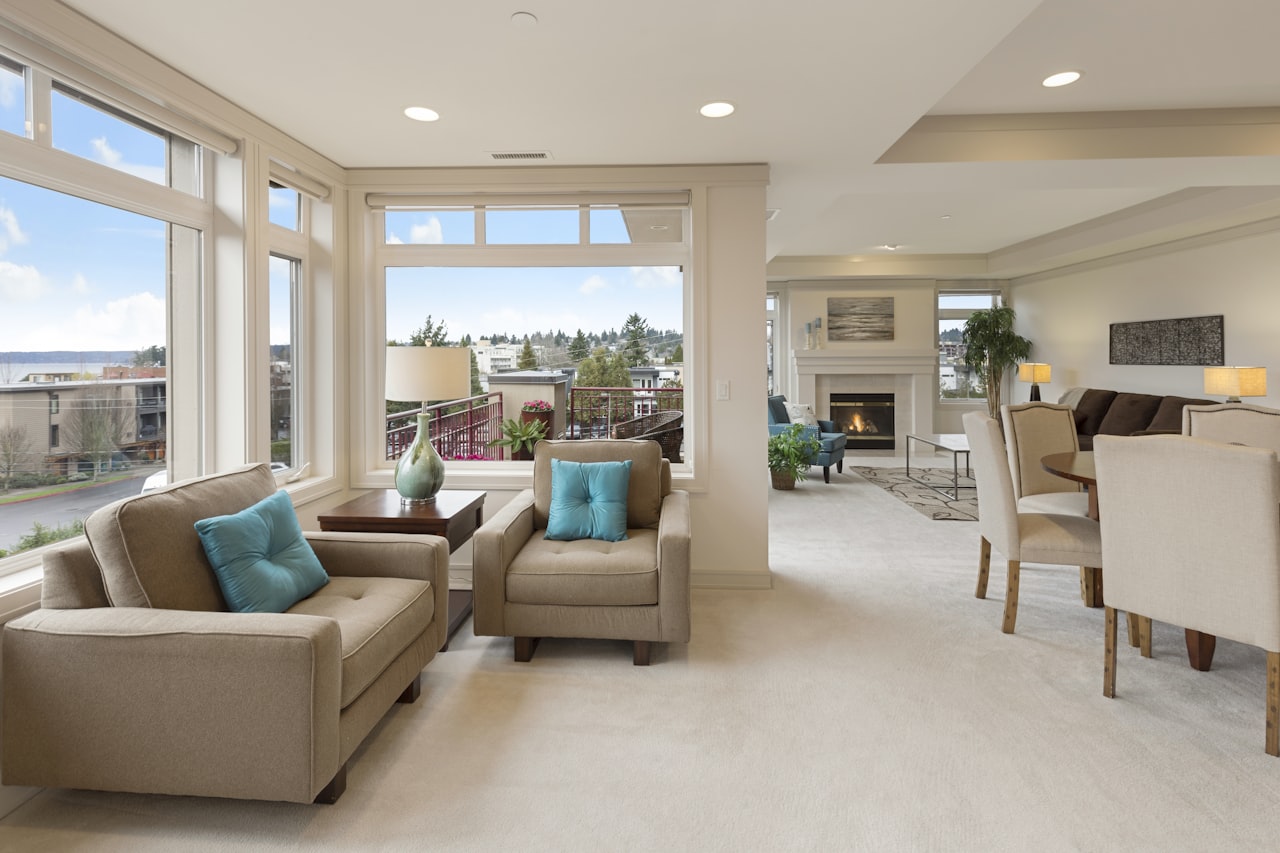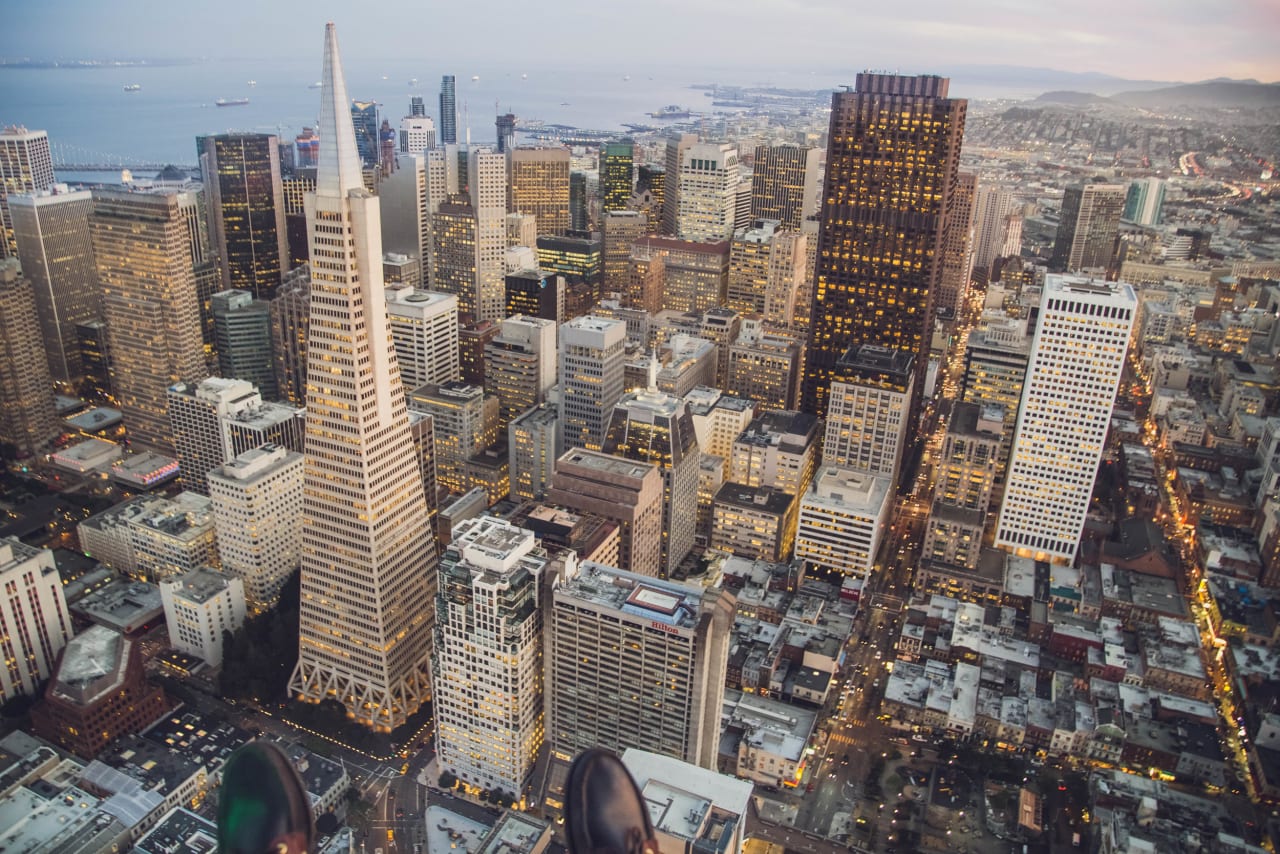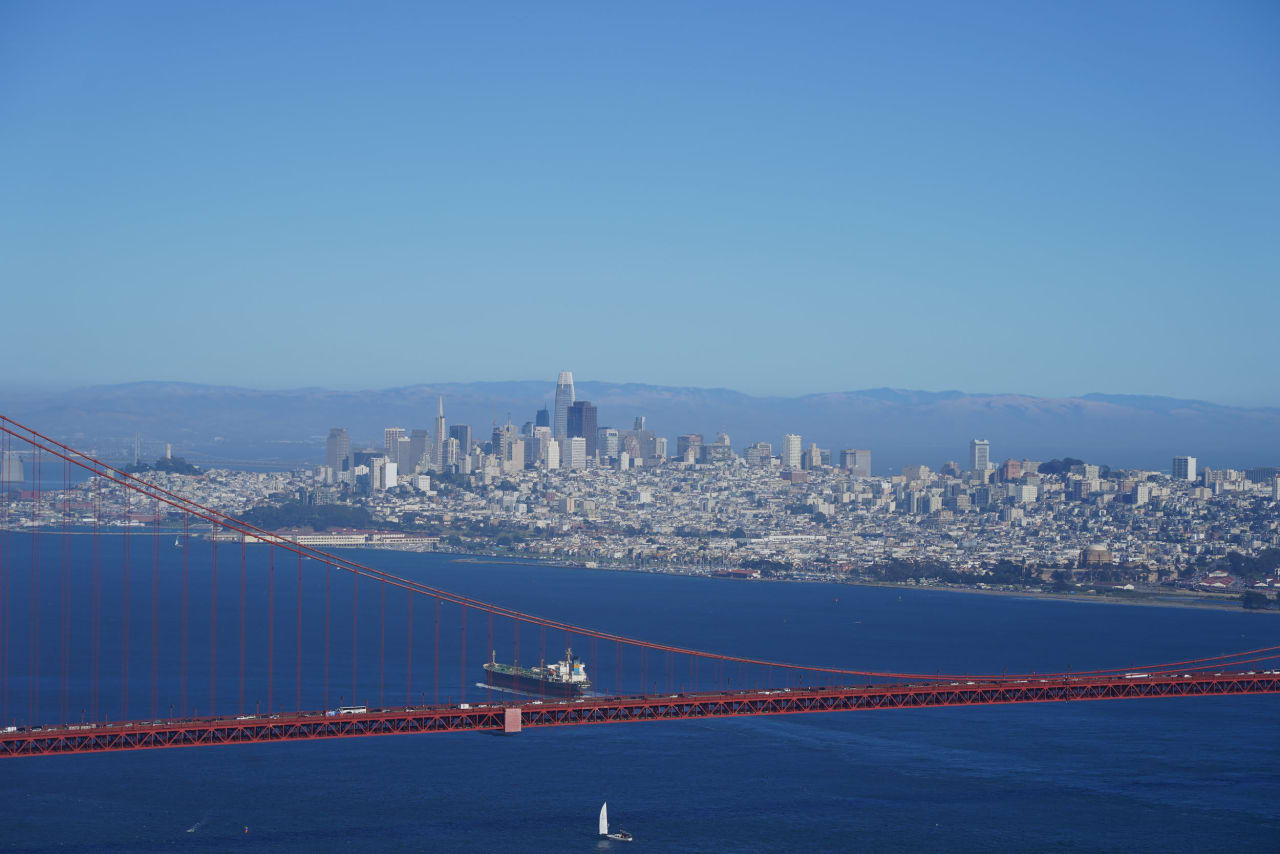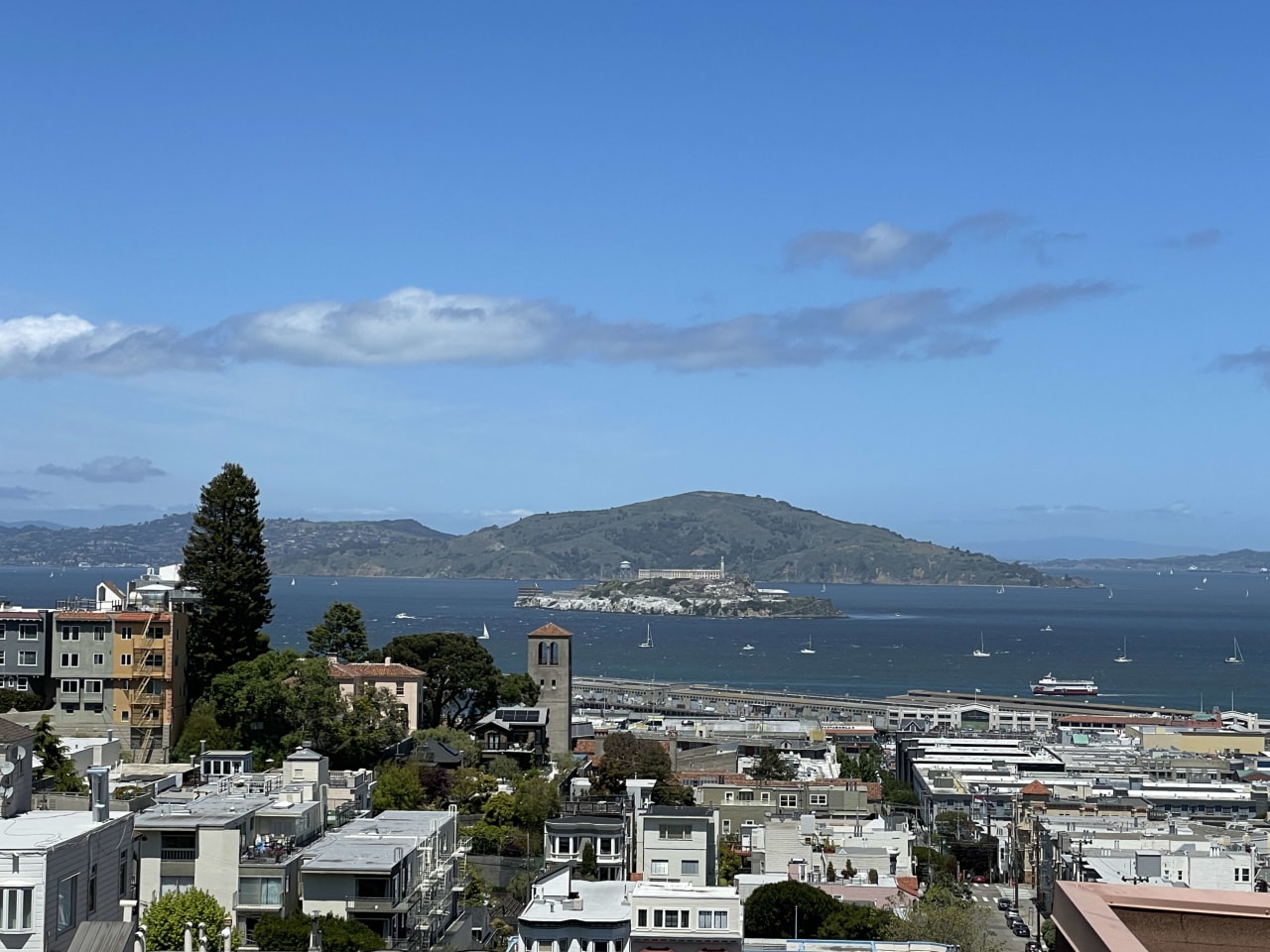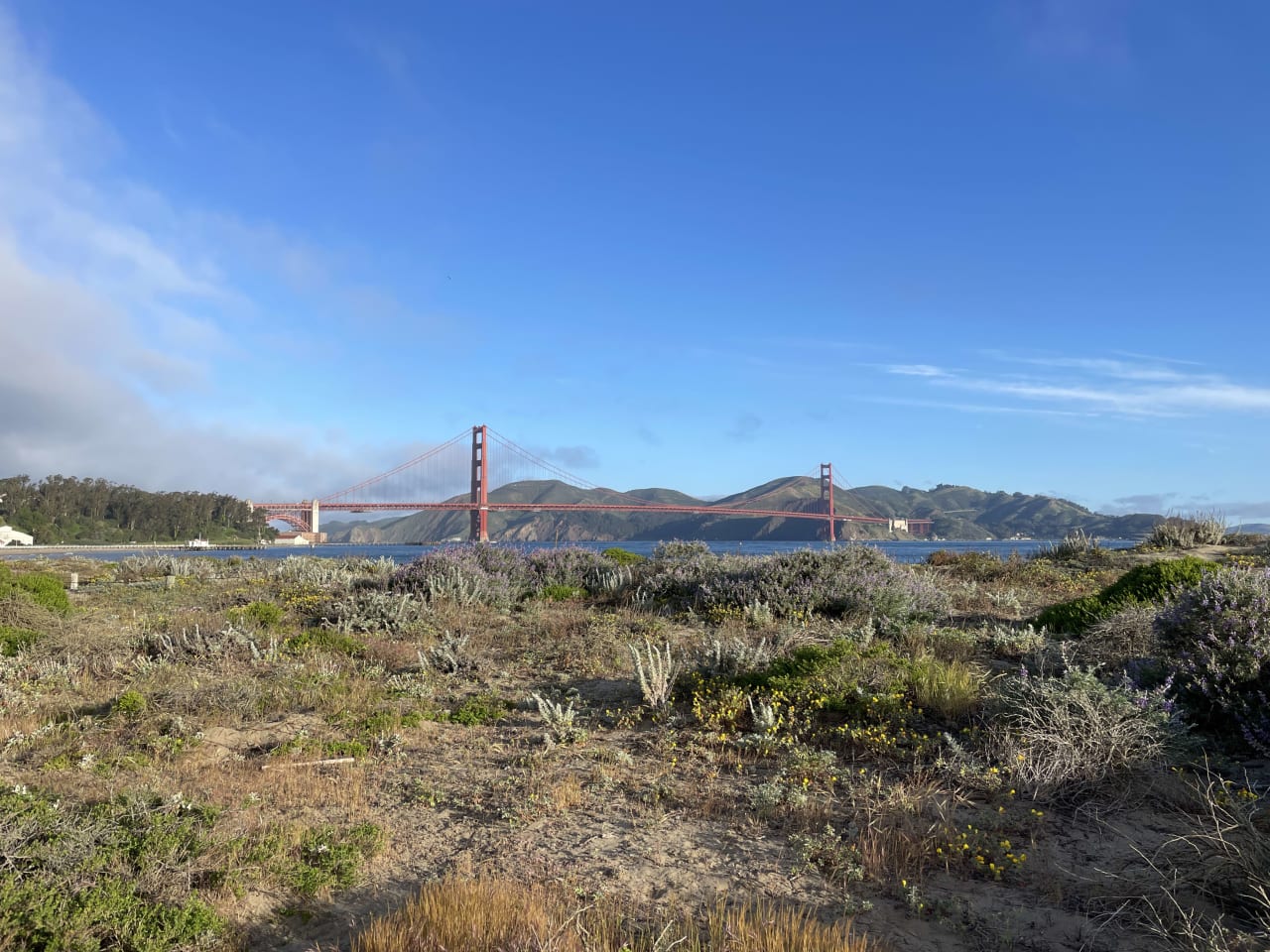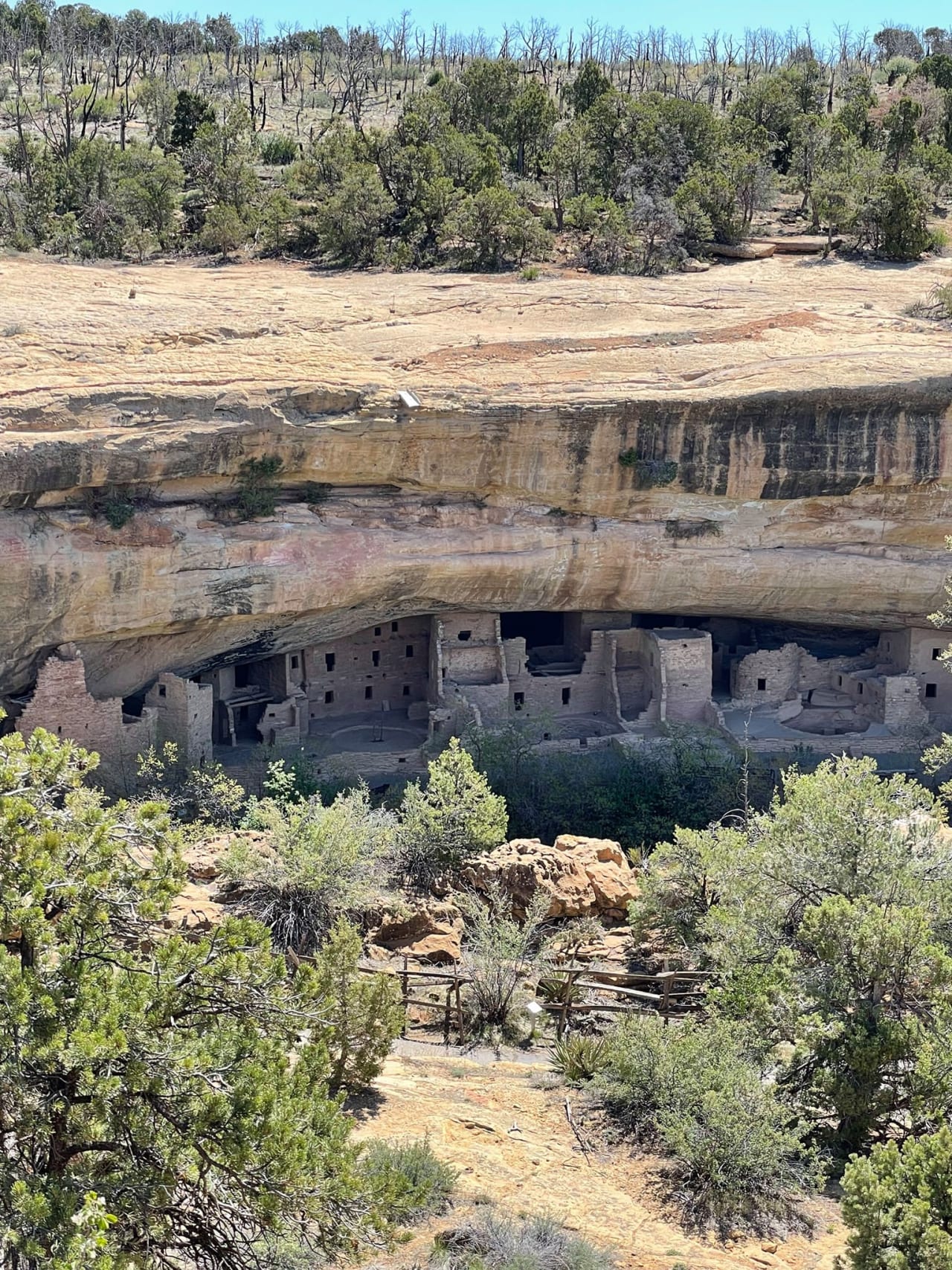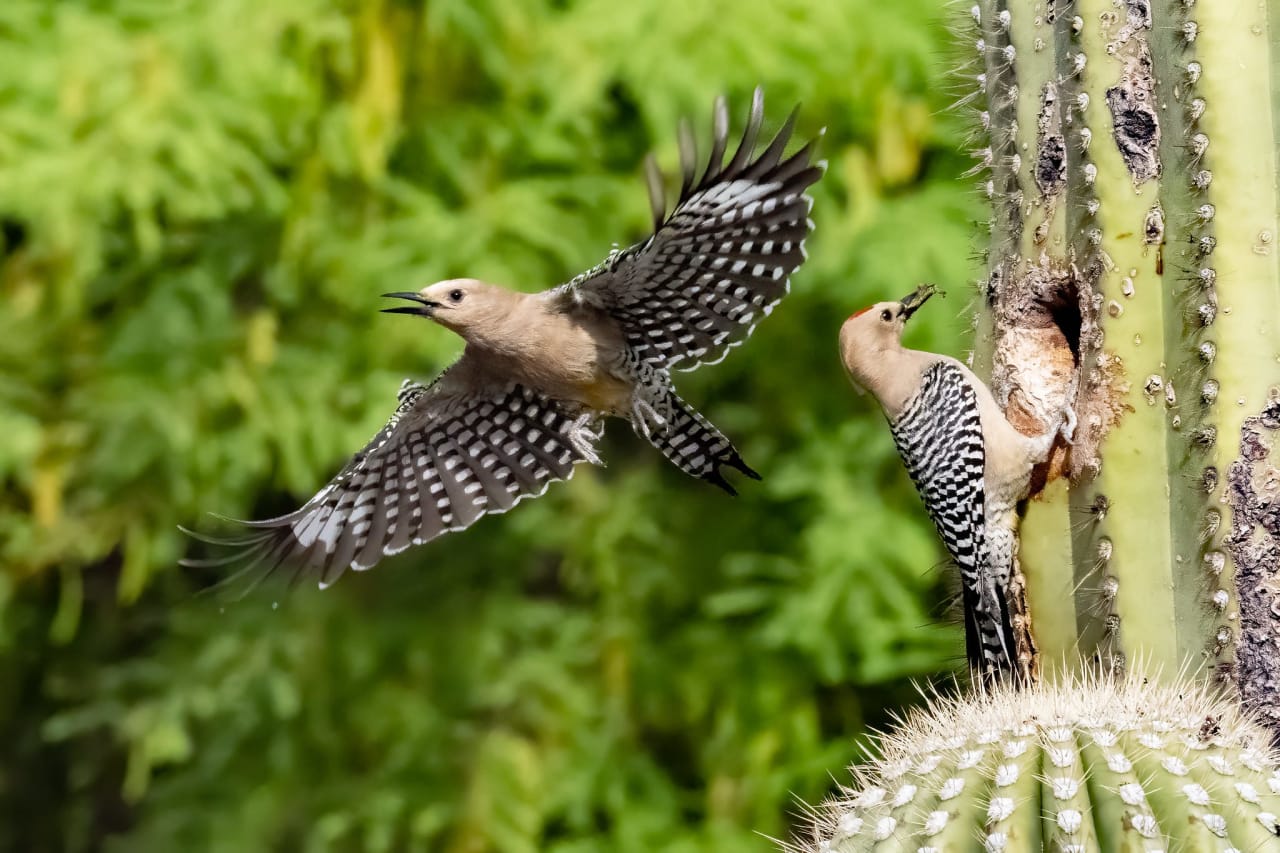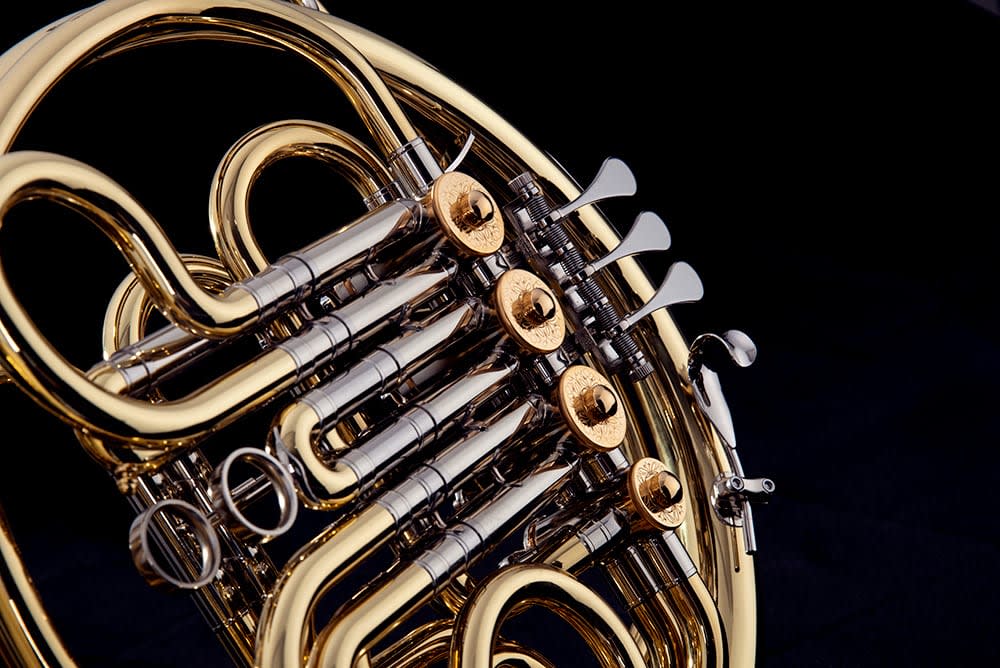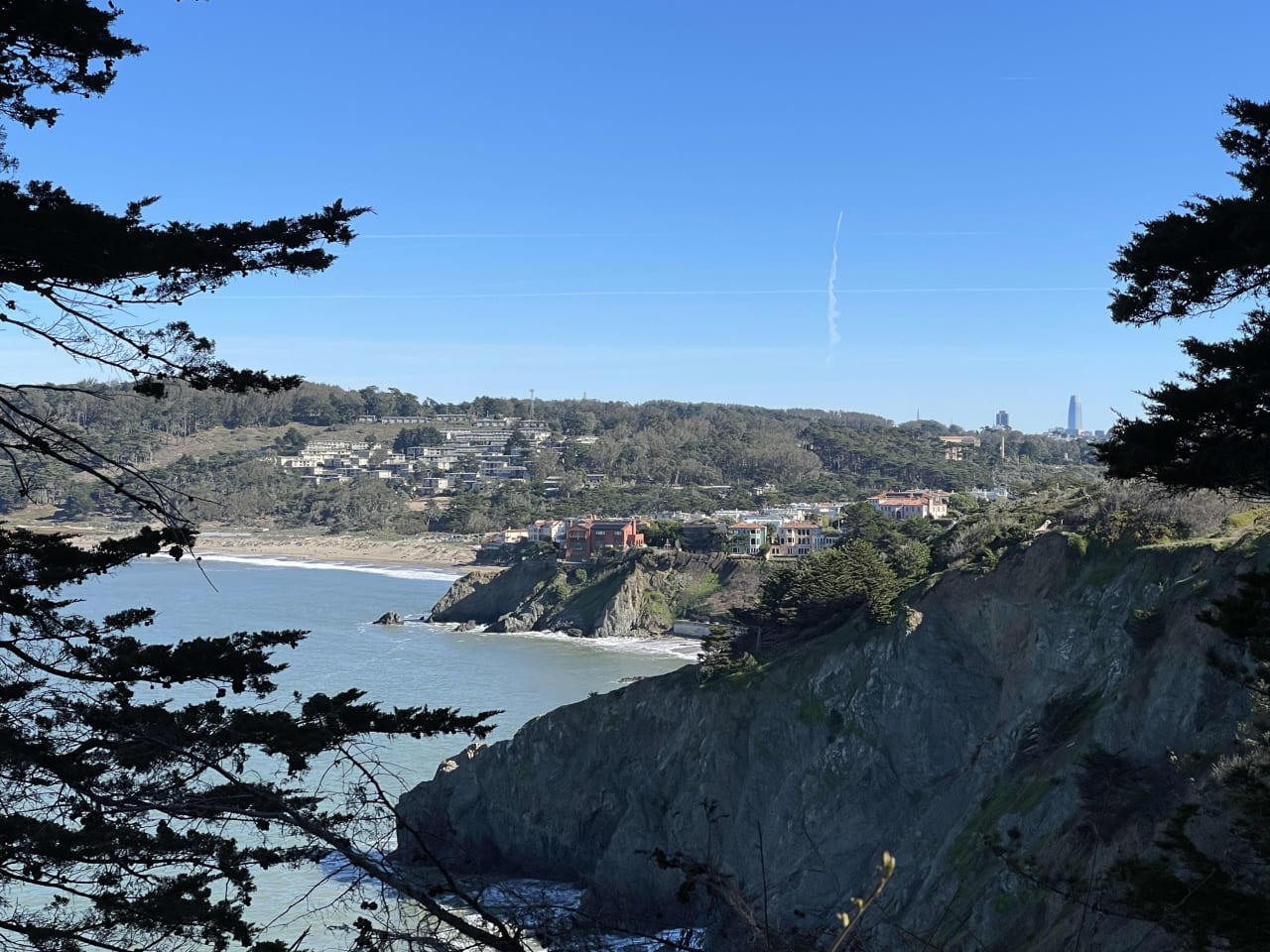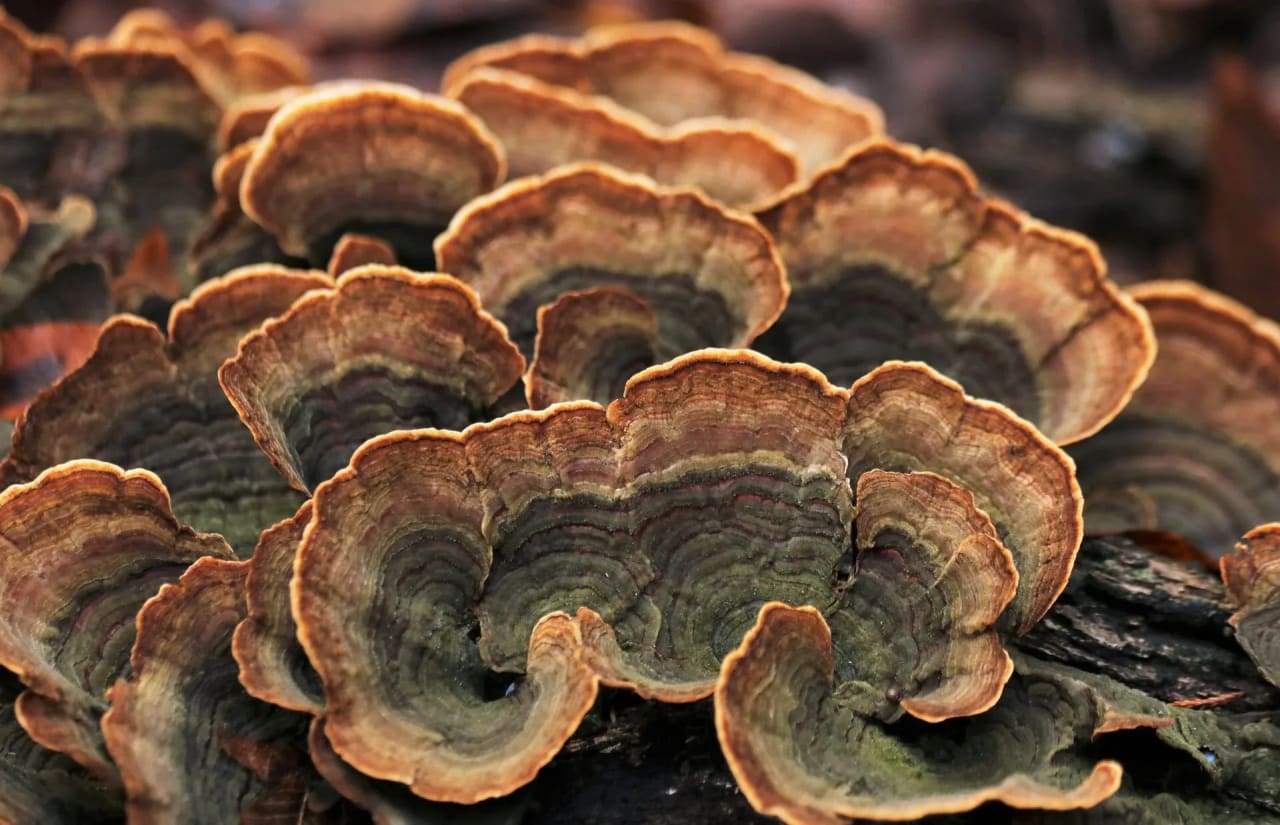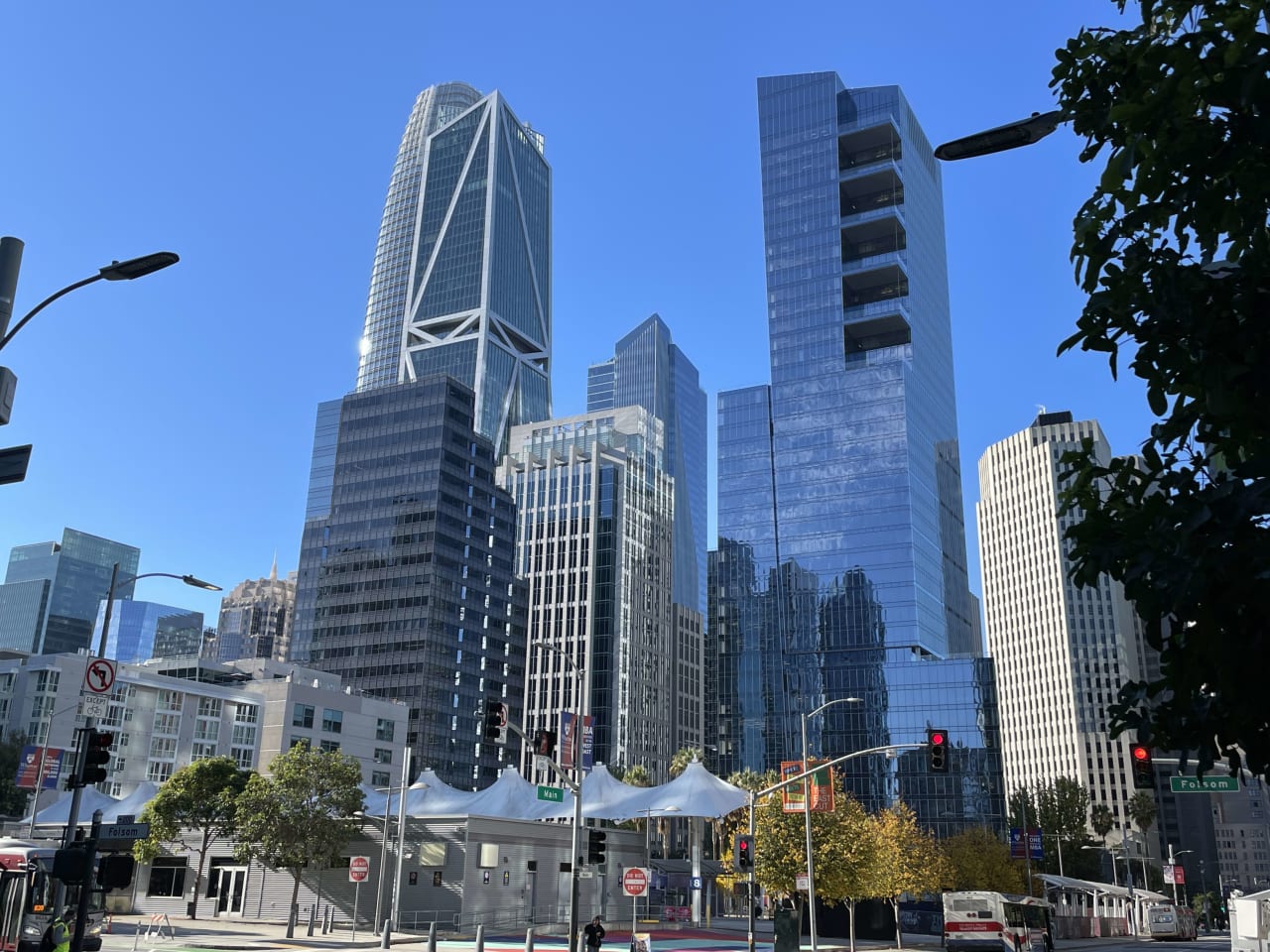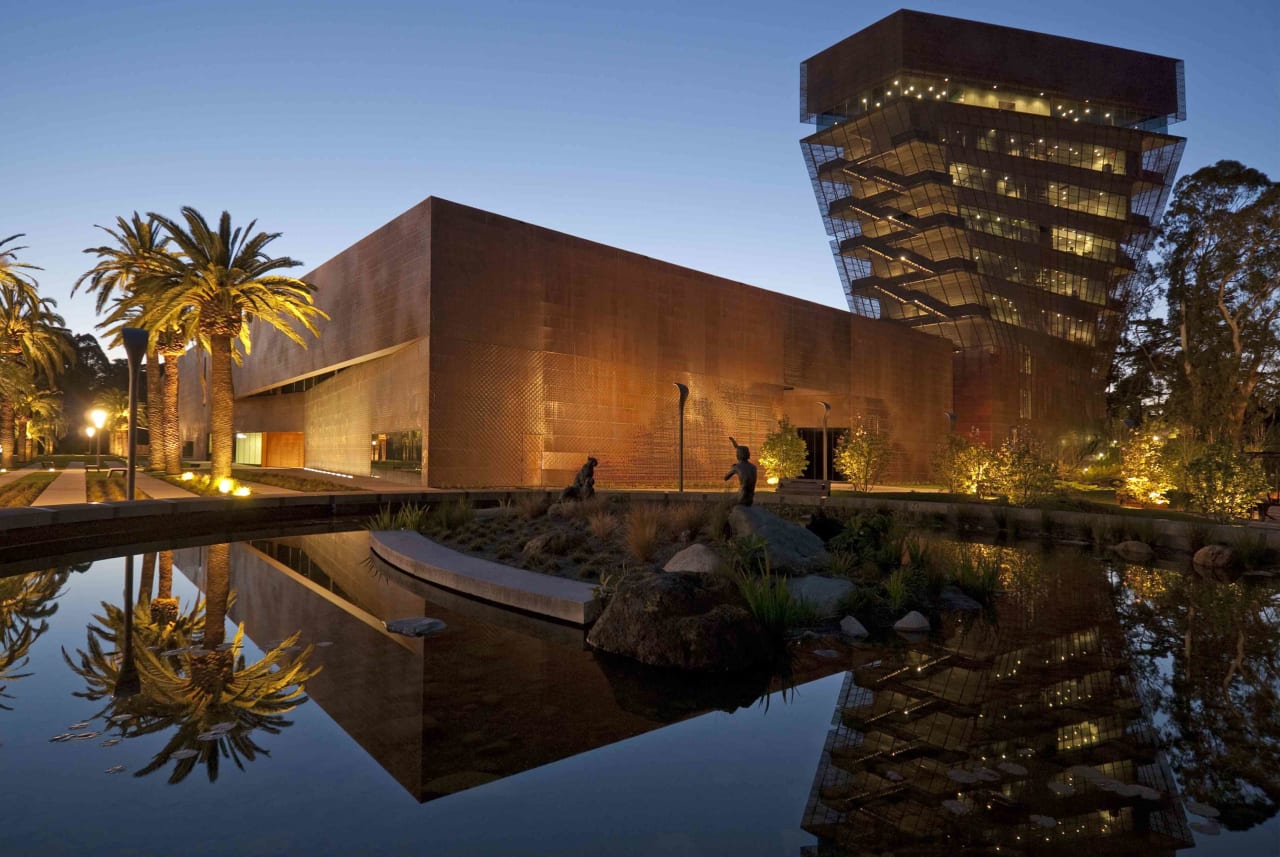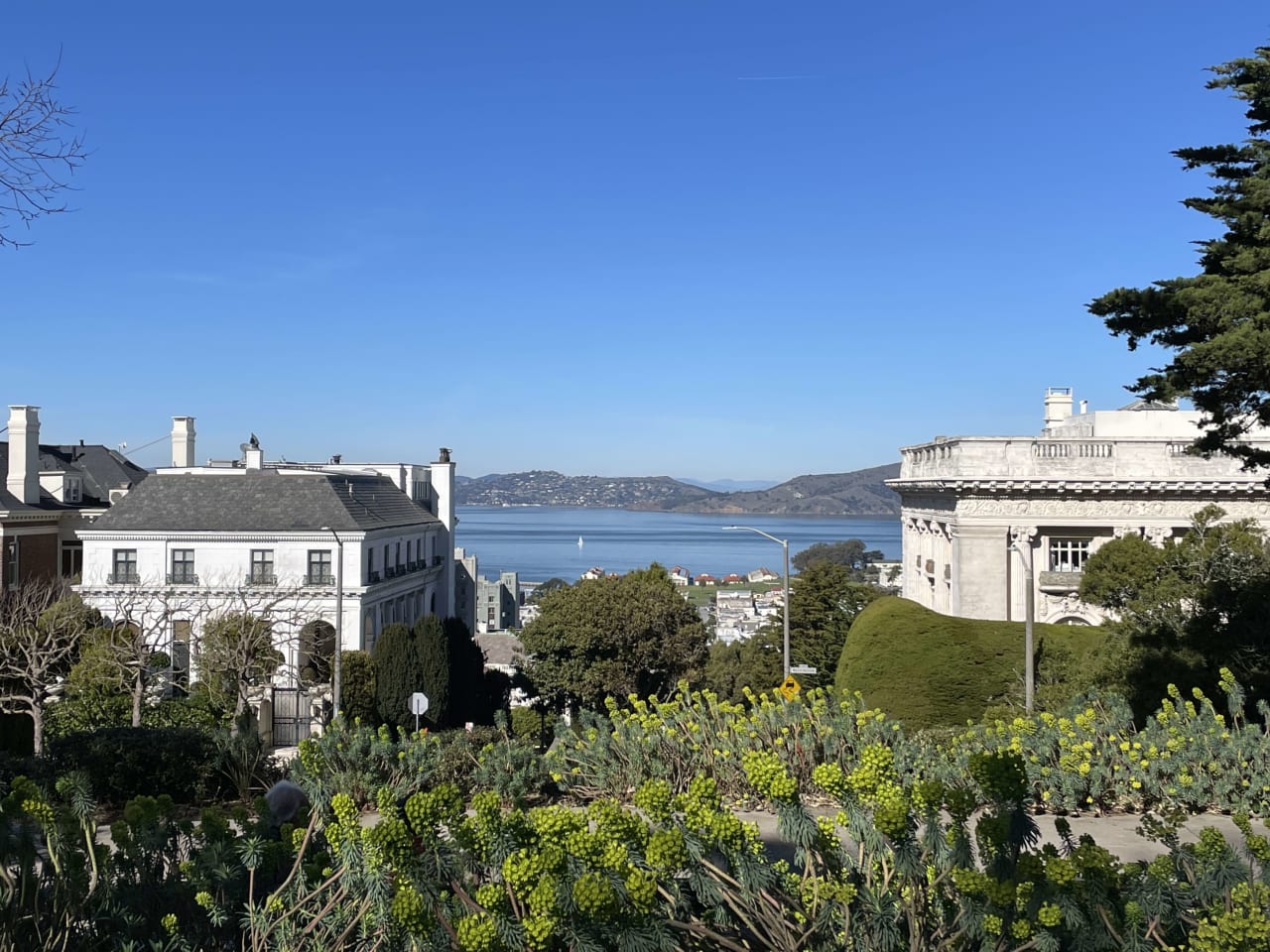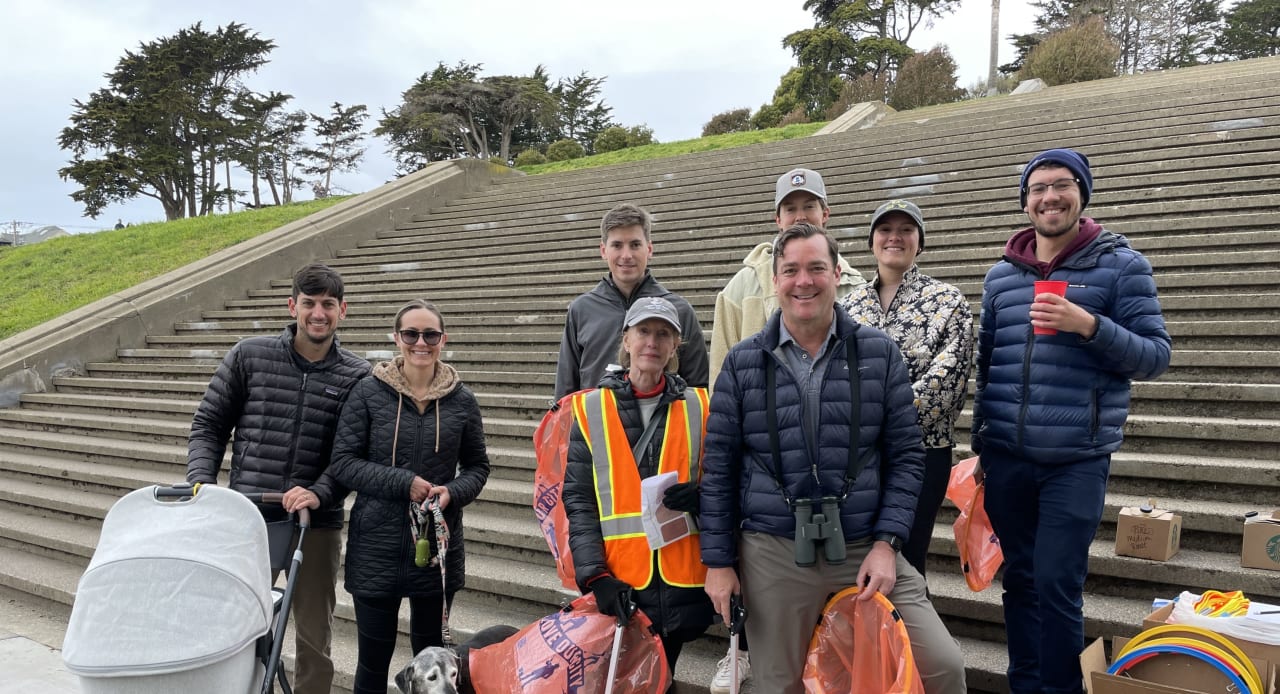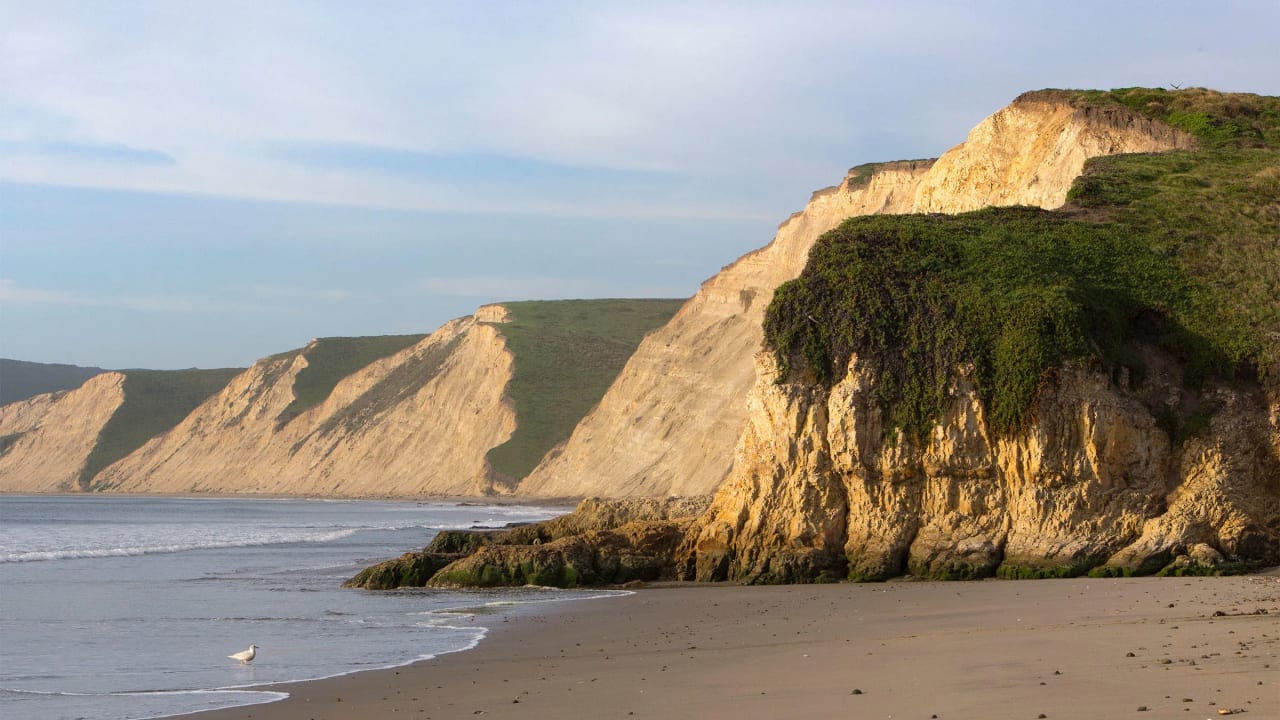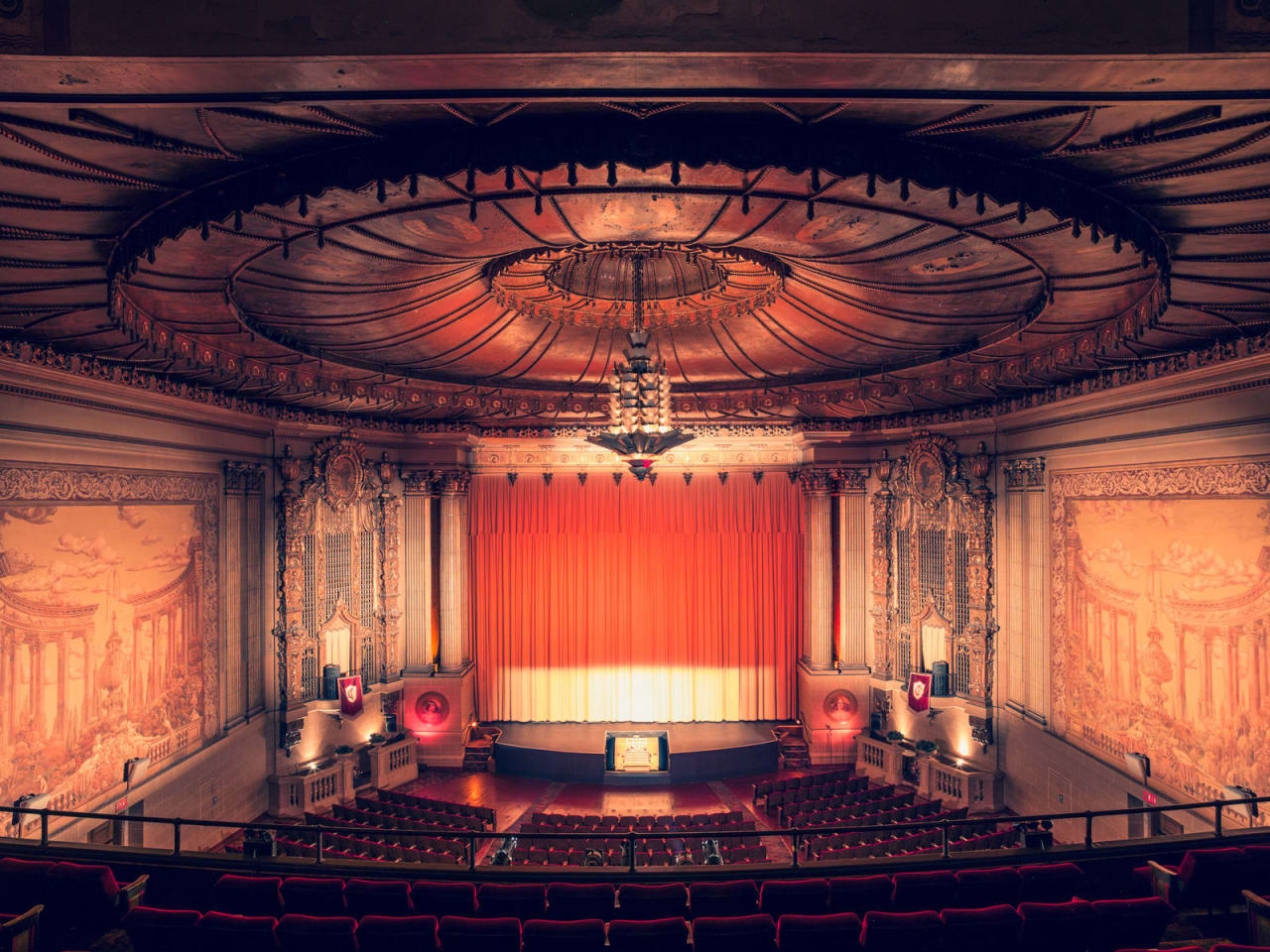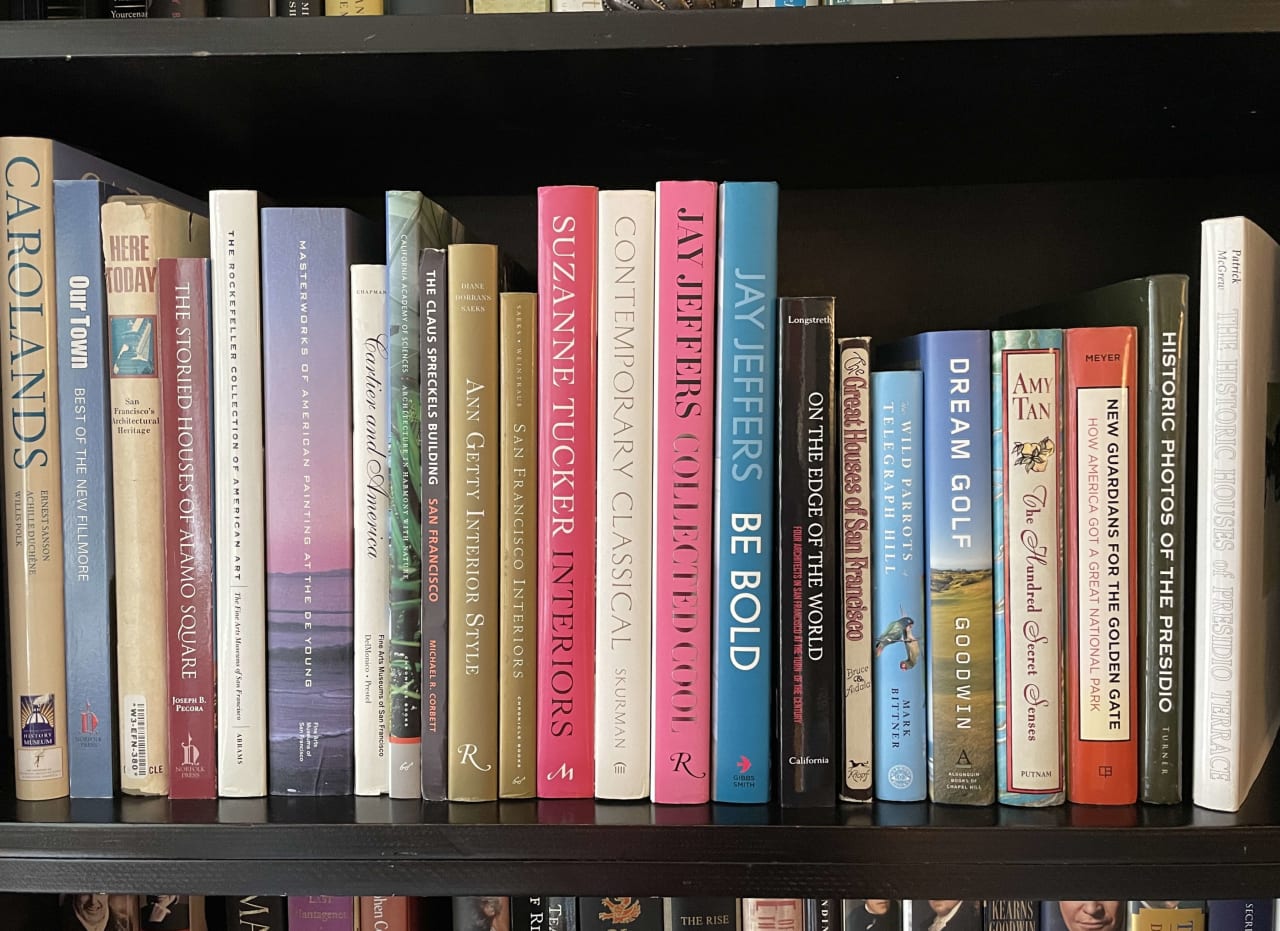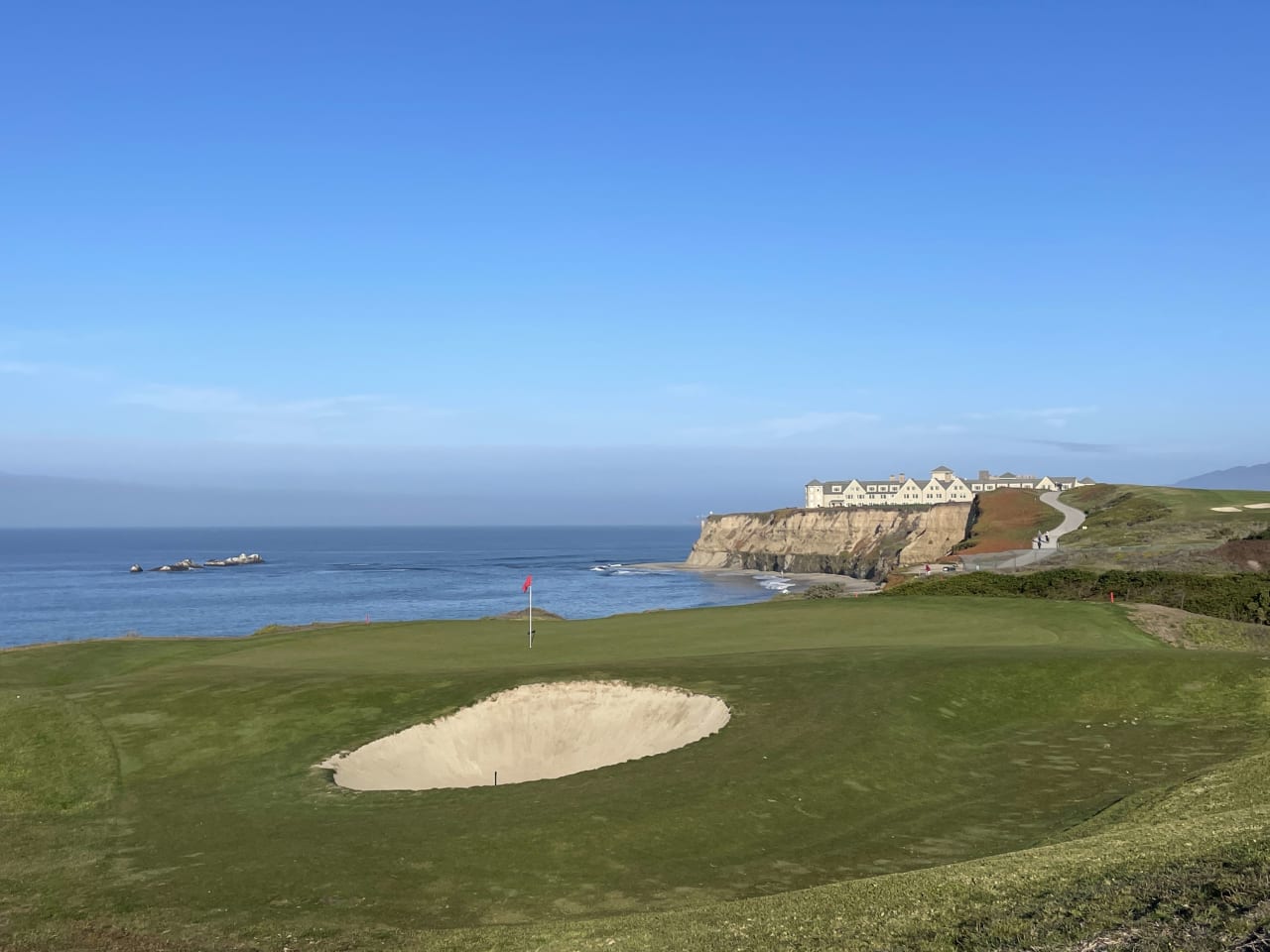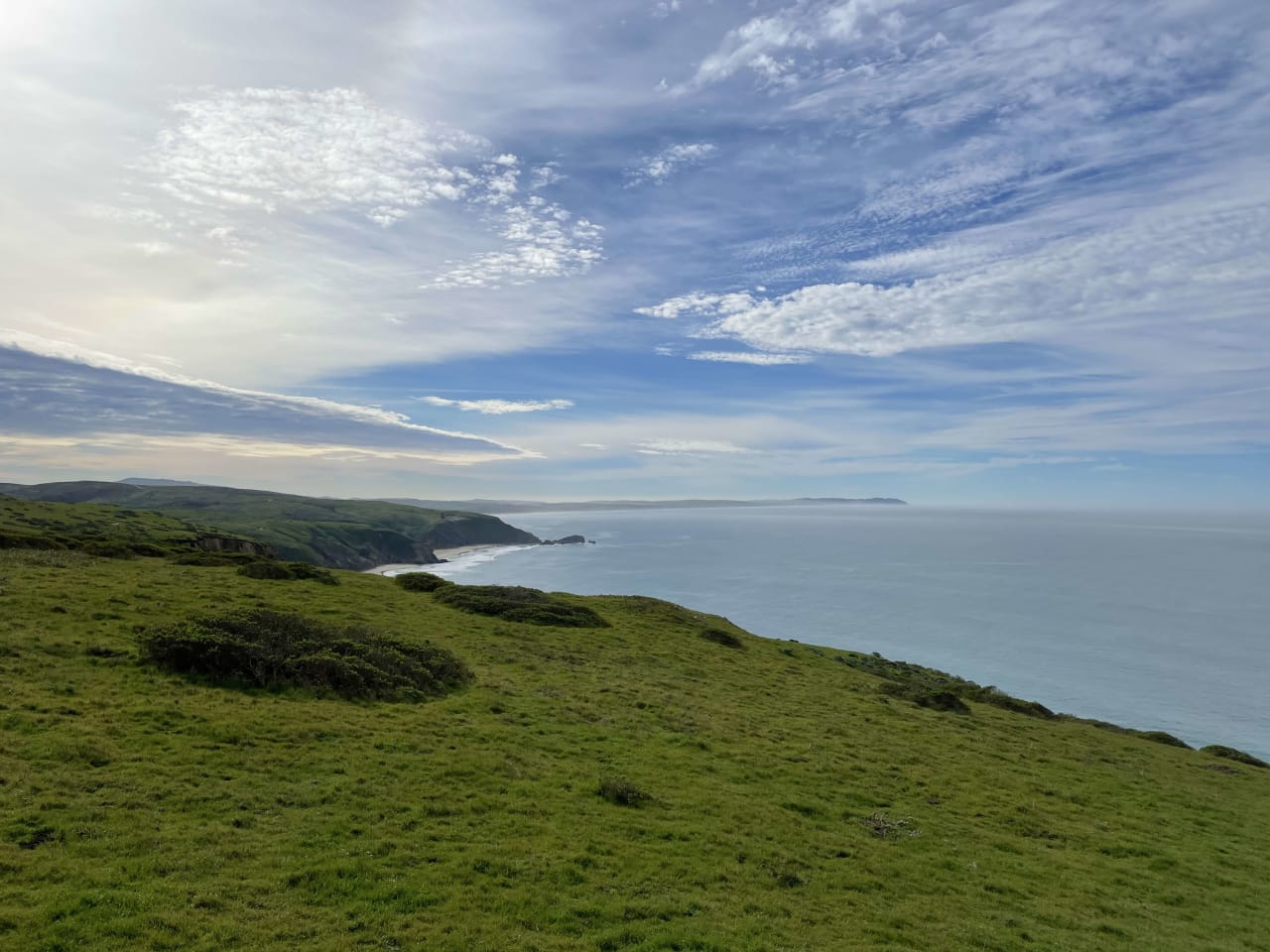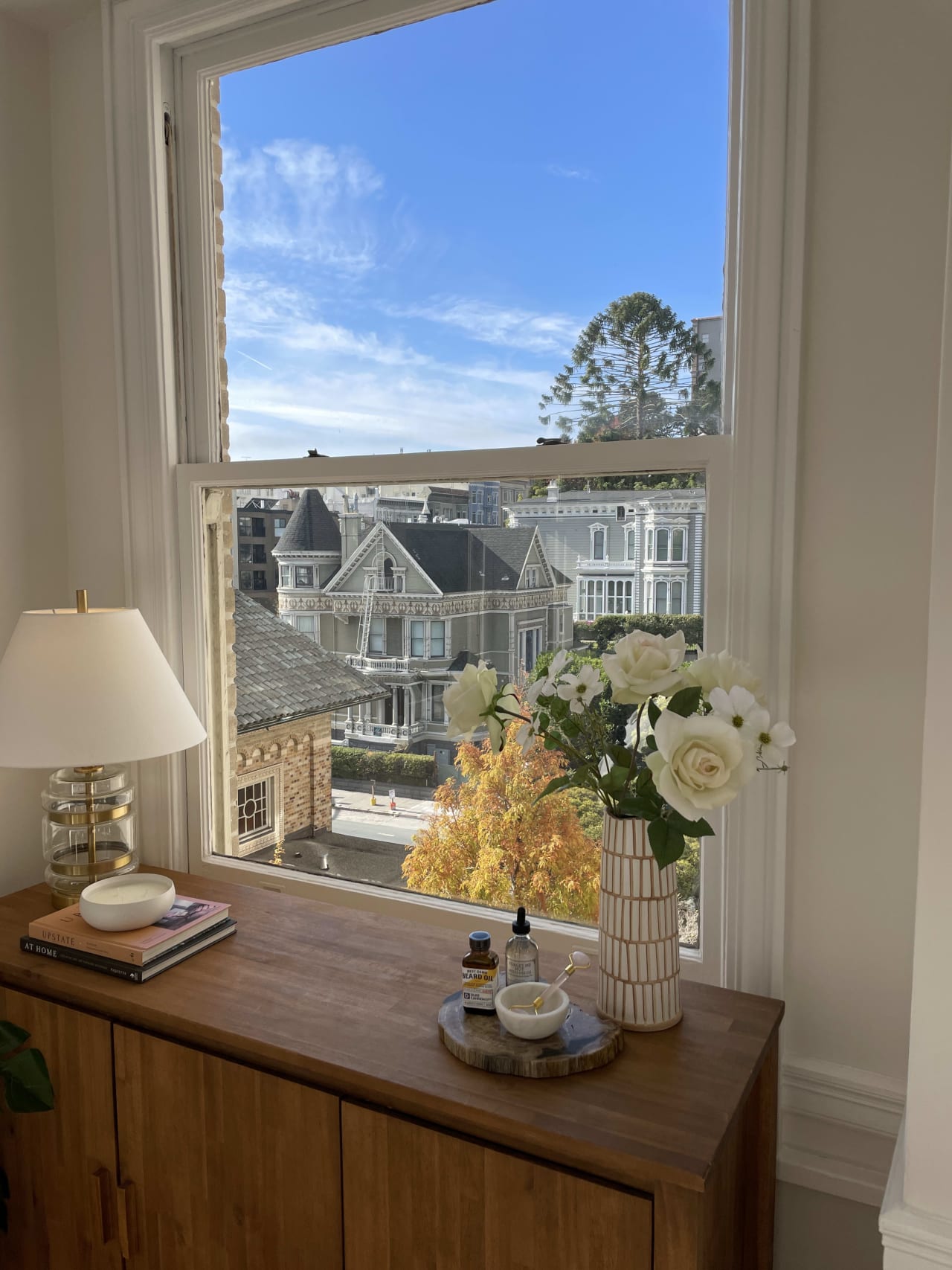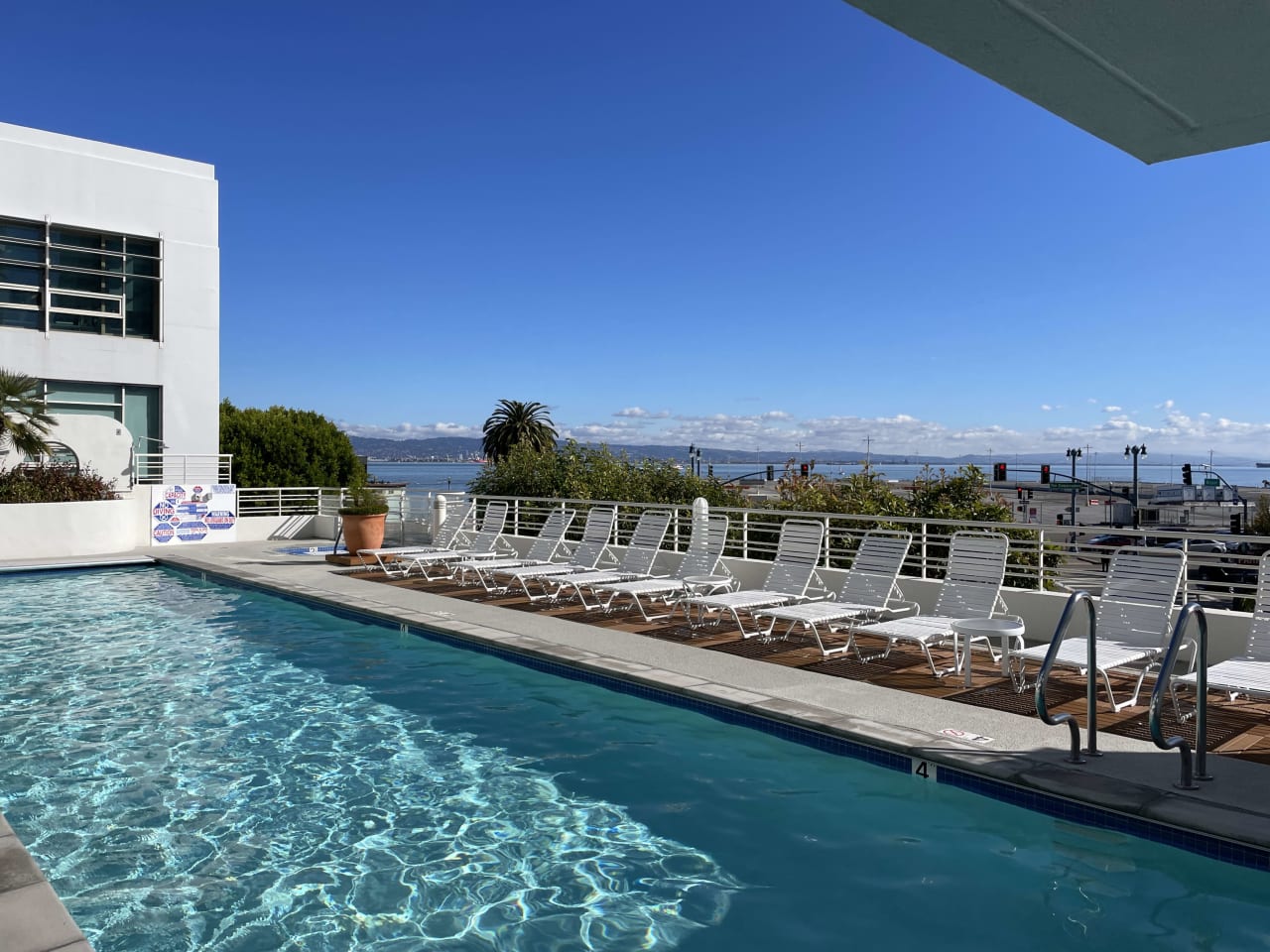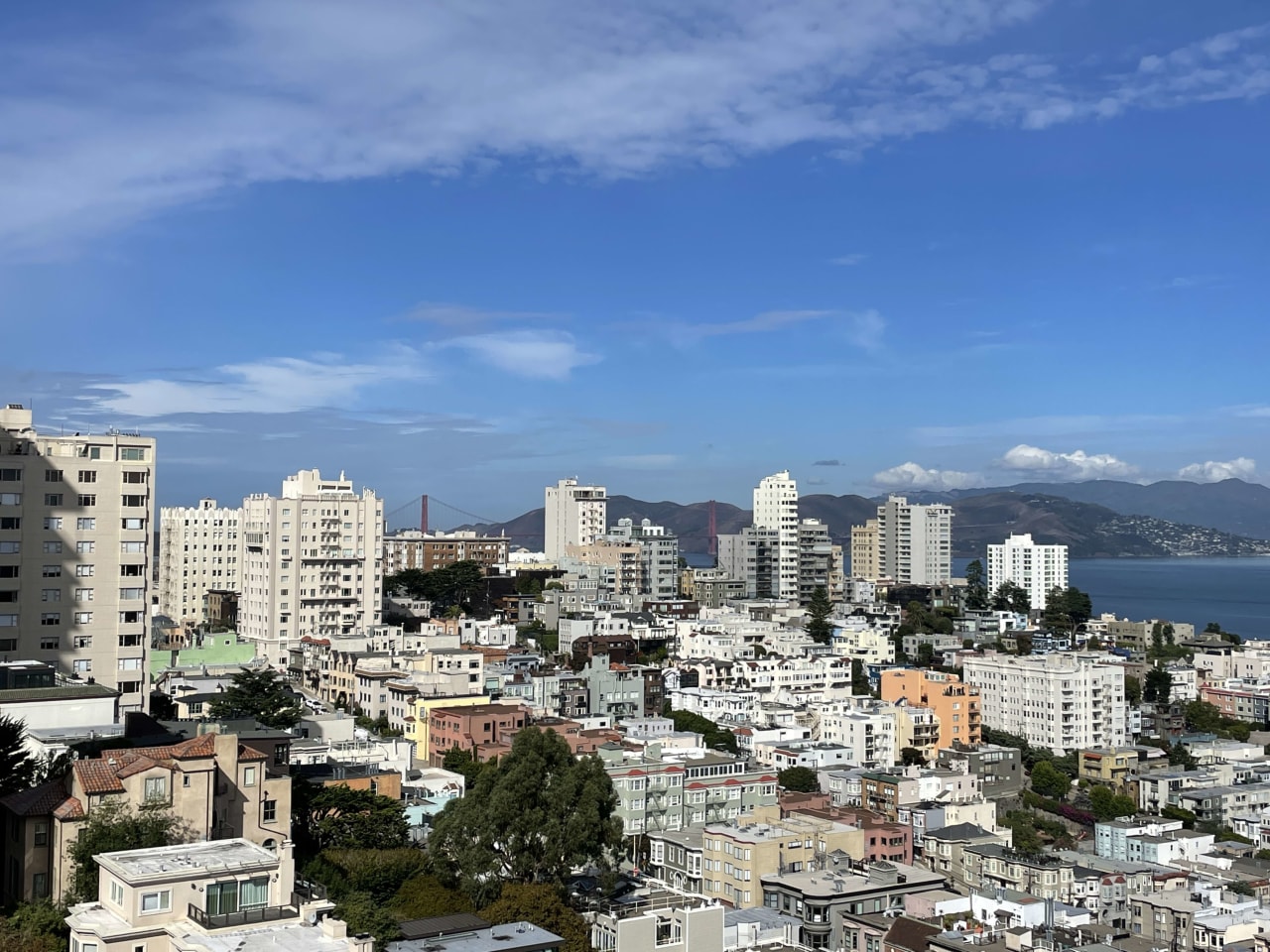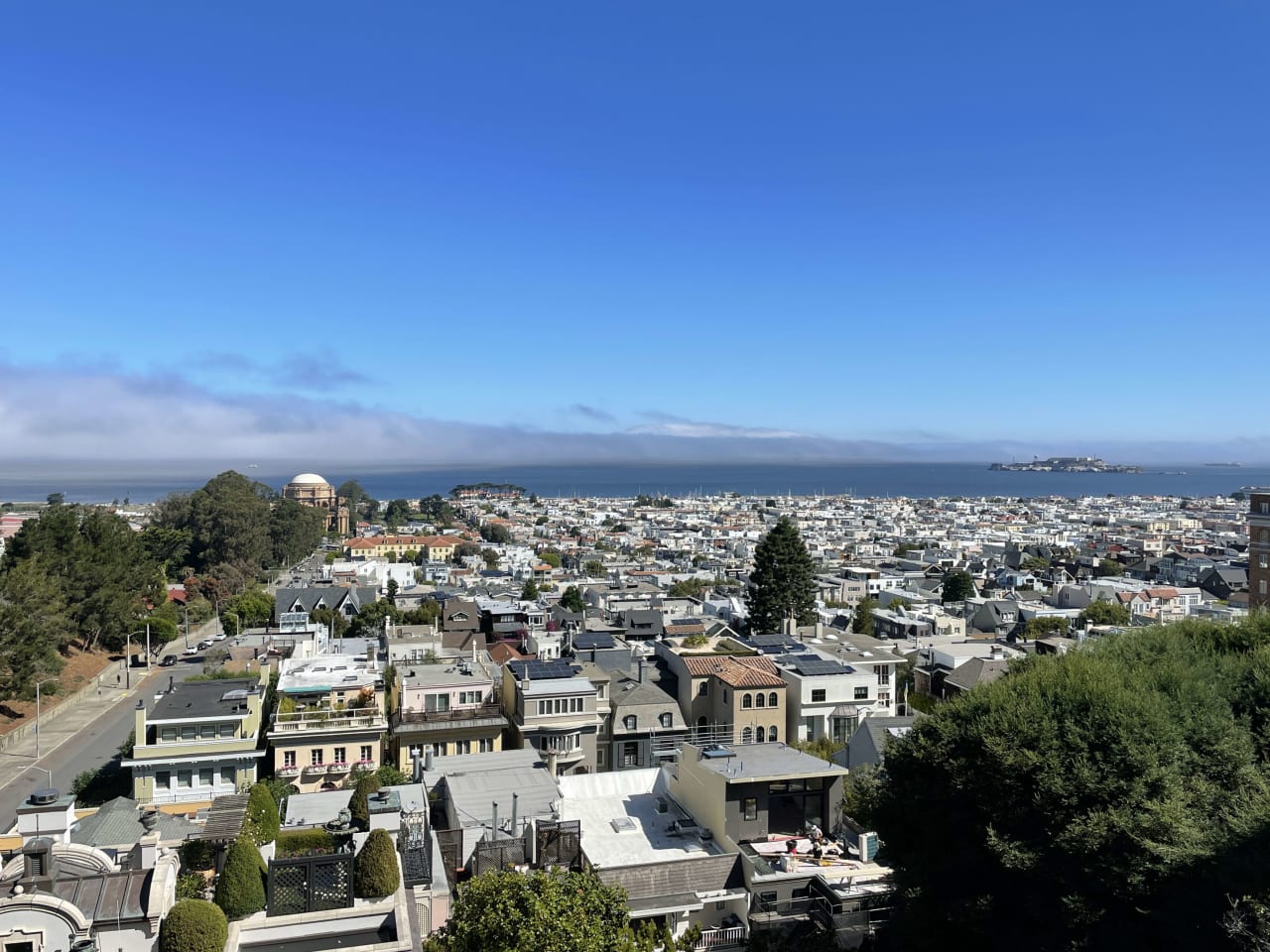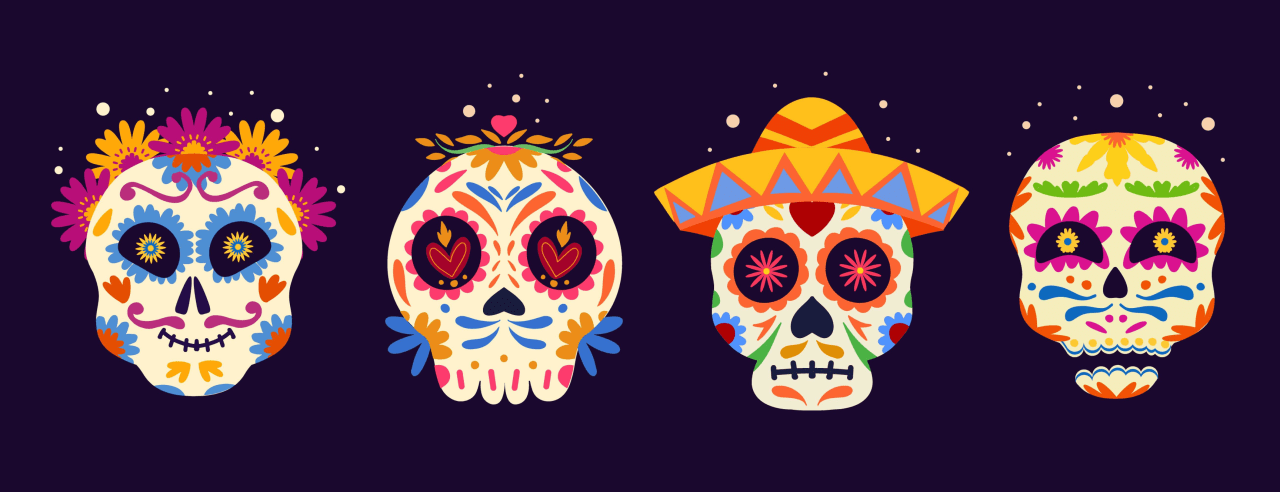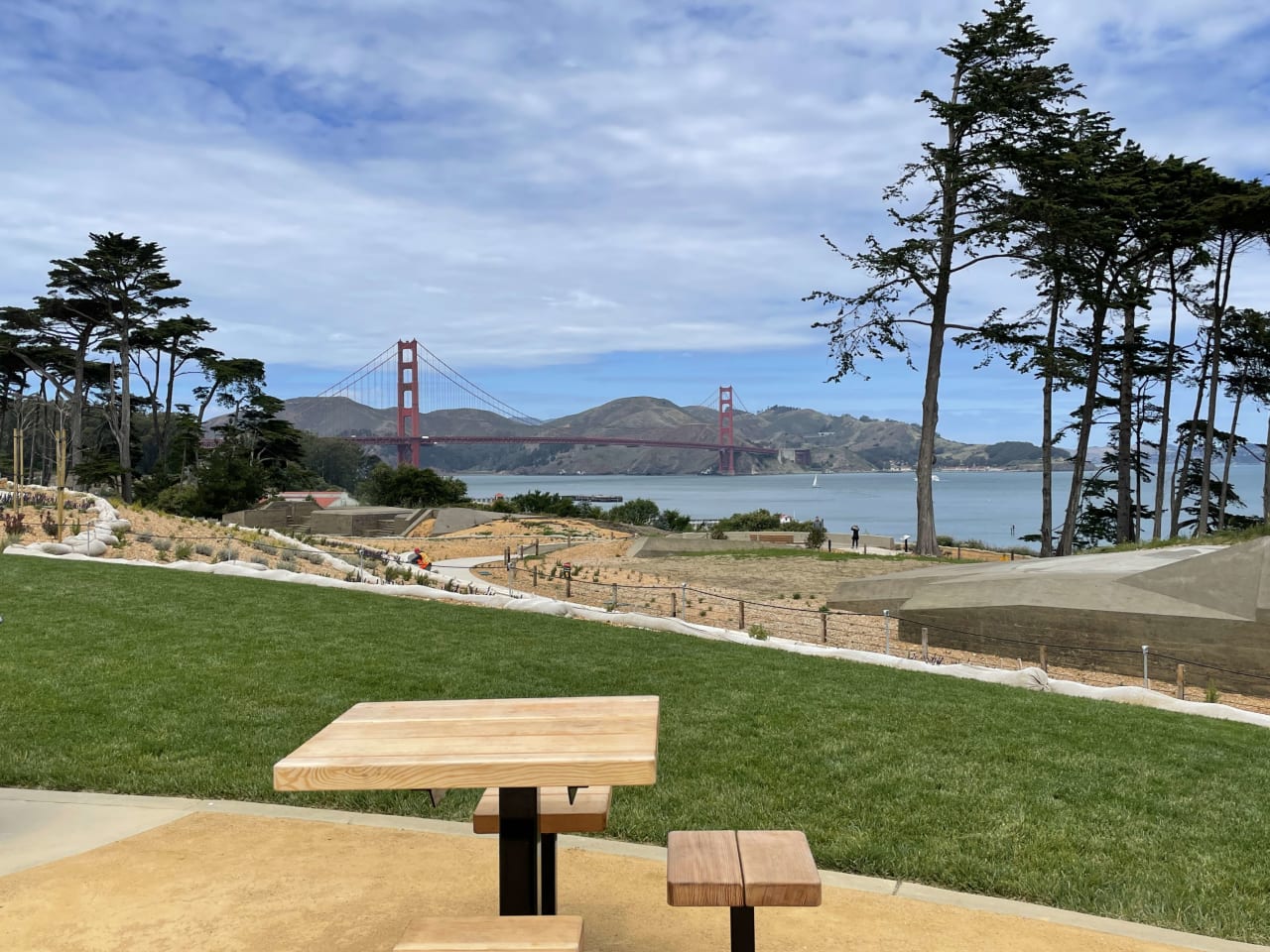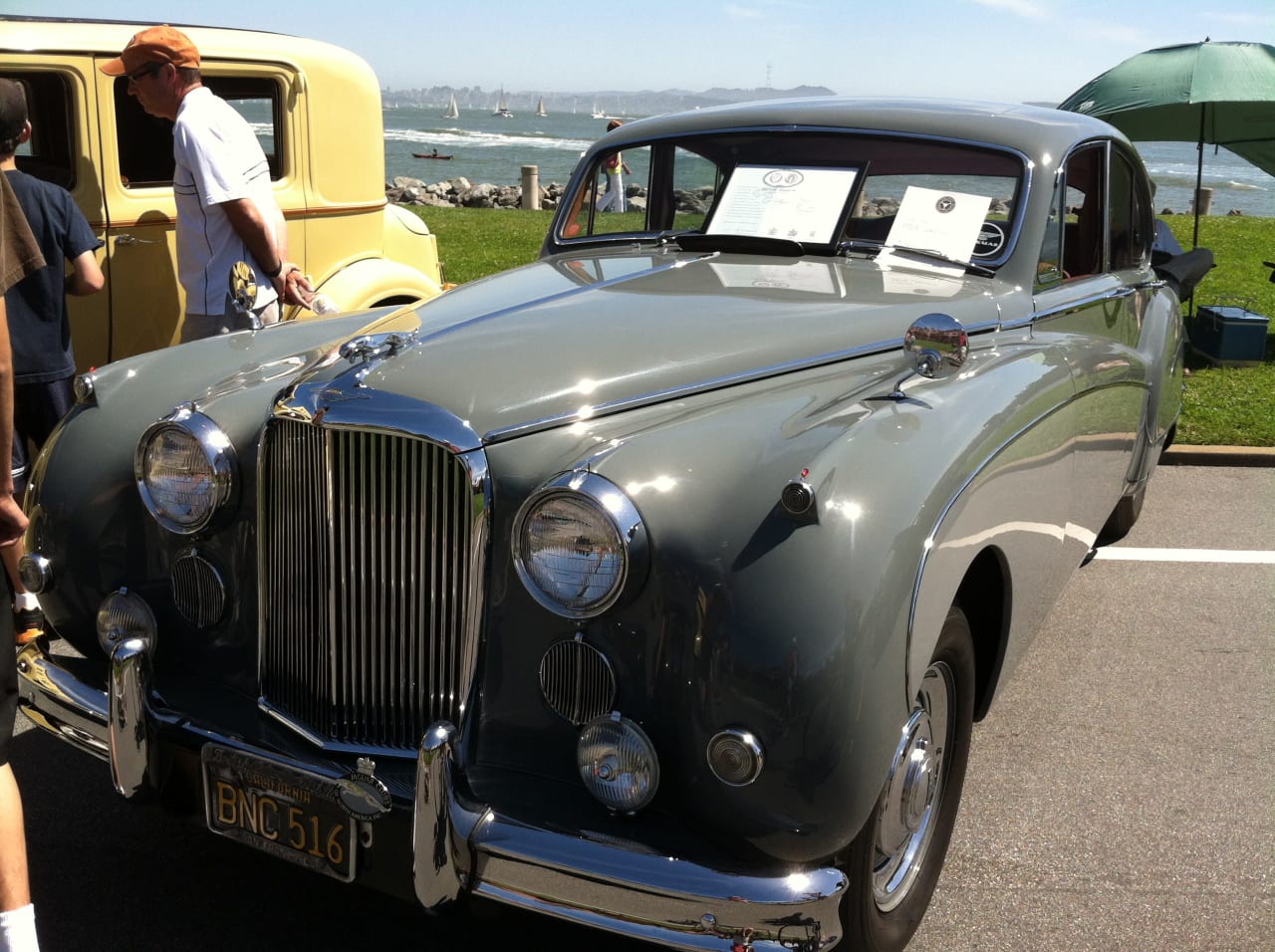Diego Rivera, The Marriage of the Artistic Expression of the North and of the South on This Continent, also known as Pan American Unity, 1940; courtesy City College of San Francisco; © Banco de México Diego Rivera and Frida Kahlo Museums Trust, Mexico City / Artists Rights Society (ARS), New York; Image: Cultural Heritage Imaging
June 2021 – March 2024
Roberts Family Gallery, Floor 1
SFMOMA
Today I had the pleasure of joining the Scrap SF group for a private tour of the fabulous Pan American Unity mural currently on display at SFMOMA, followed by lunch at the Ferry Building with my friend Susan Chambers, and a tour of the Treasure Island Museum with my friend Rebecca Schnier, whose father Jacques sculpted the two large cast stone sculptures flanking the entrance of Building One on Treasure Island known as "Spirit of India."
They were part of the group of 20 sculptures which formed the Court of Pacifica at the Golden Gate International Exposition (GGIE), held here on Treasure Island in 1939-1940. The court included a central fountain surrounded by twenty sculptures, an 80-foot plaster goddess named “Pacifica,” and other monumental works of art which embodied the Pacific Unity theme of the GGIE.
Ten years after his first stay, Diego Rivera (1886-1957) returned to San Francisco in June 1940 to headline the main fine arts exhibition of the Golden Gate International Exposition on Treasure Island. Working on a scaffold in an airplane hangar before a live audience, Rivera painted The Marriage of the Artistic Expression of the North and of the South on This Continent, commonly known as Pan American Unity, his last mural in the U.S. The fresco depicts in colorful detail a past, present, and future that the artist believed were shared across North America, calling for cultural solidarity and exchange during a time of global conflict. Completed with support from local artists and assistants, with scenes of the Bay Area as a backdrop, the mural celebrates the creative spirit through portraits of artists, artisans, architects, and inventors who use art and technology as tools to shape society.
After the fair, Pan American Unity — measuring twenty-two by seventy-four feet and weighing over sixty thousand pounds — was moved to the campus of City College of San Francisco (CCSF). This was possible because Rivera painted this fresco not on a wall, but on ten steel-framed cement panels. More than half a century later, an international team of experts has spent years planning another move. In partnership with CCSF, SFMOMA presents Rivera’s Pan American Unity in the museum’s free-to-the-public Roberts Family Gallery on Floor 1. On view until March 2024, the mural will then return to CCSF to be installed in a new performing arts center.




